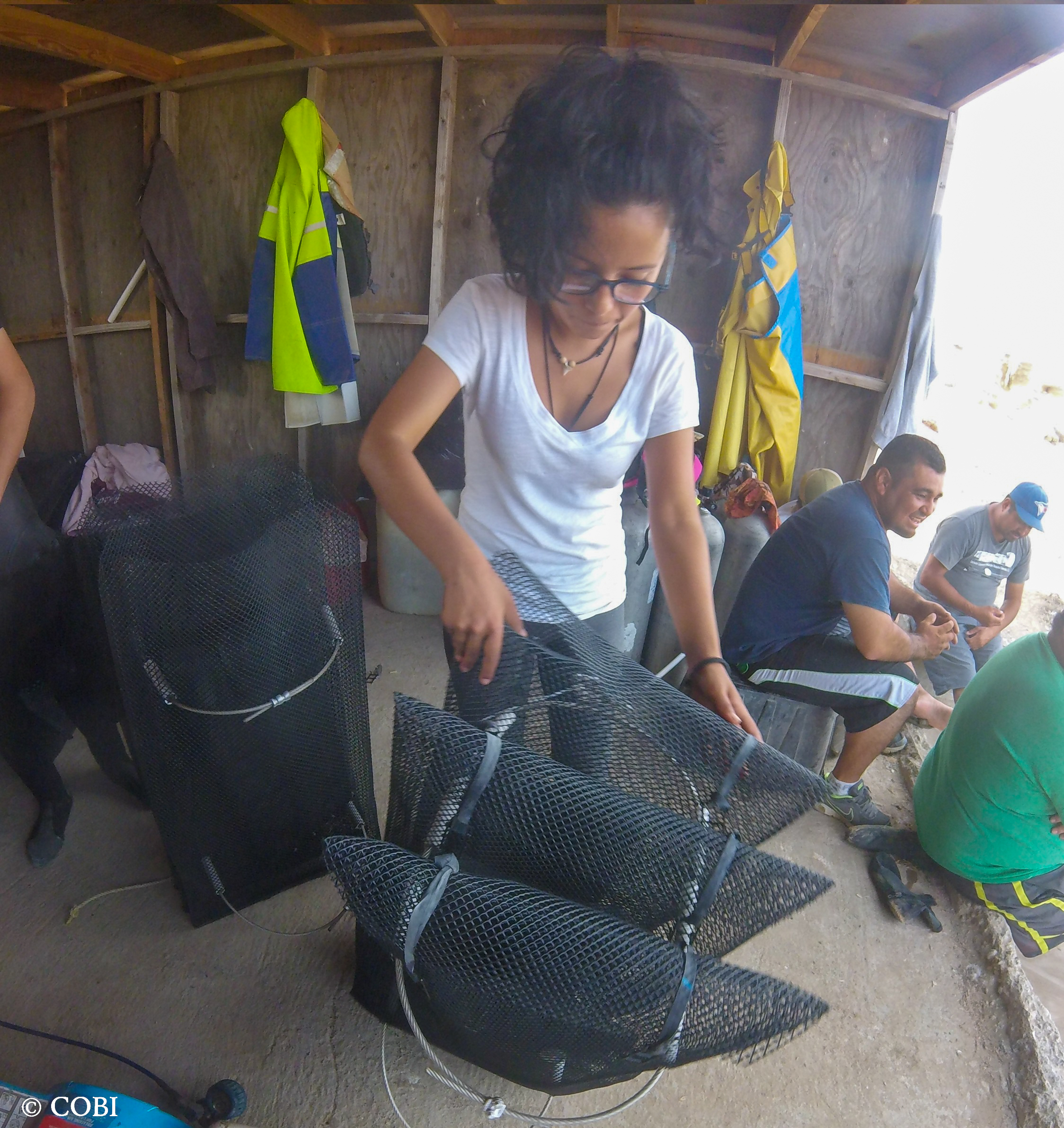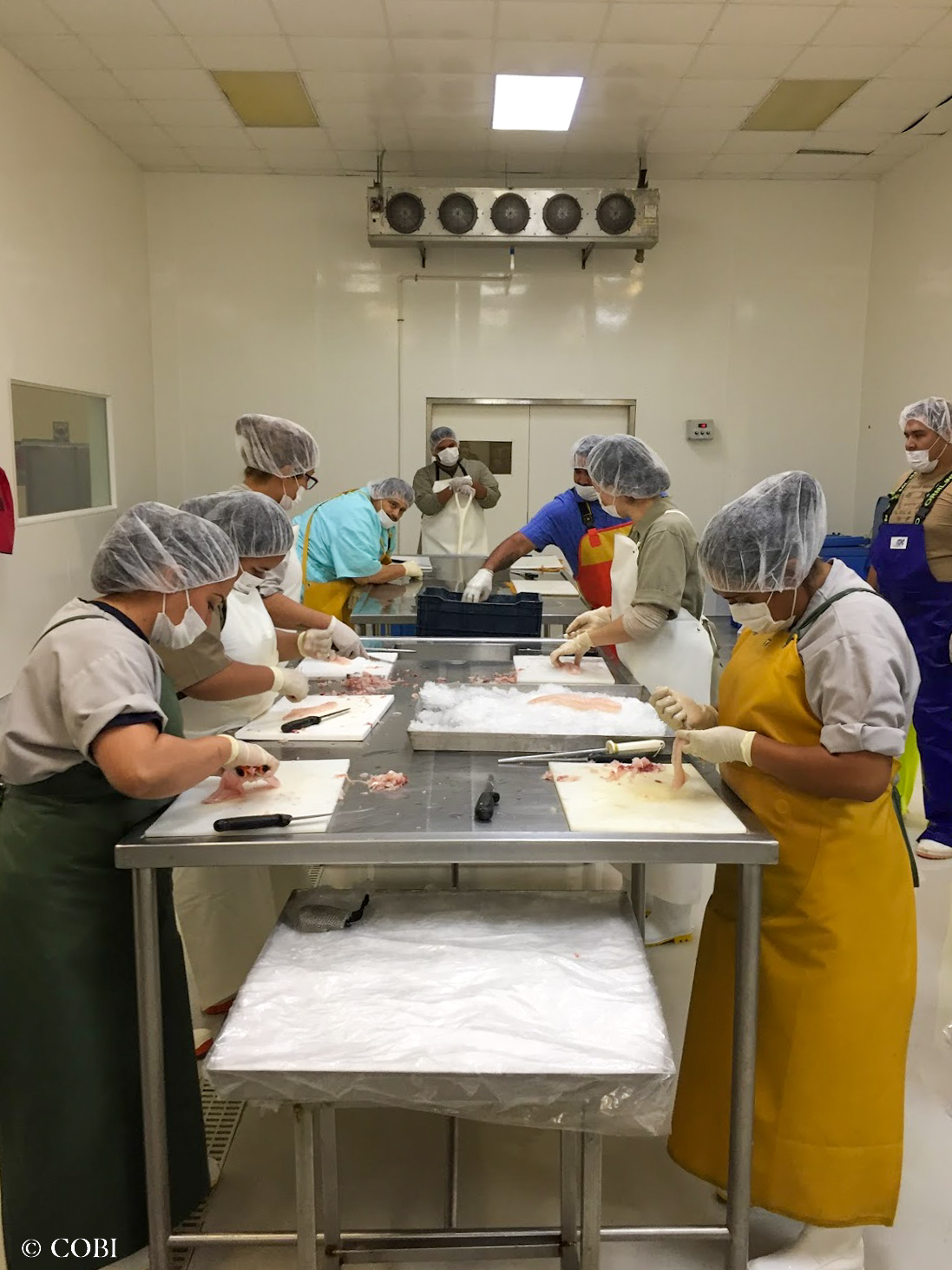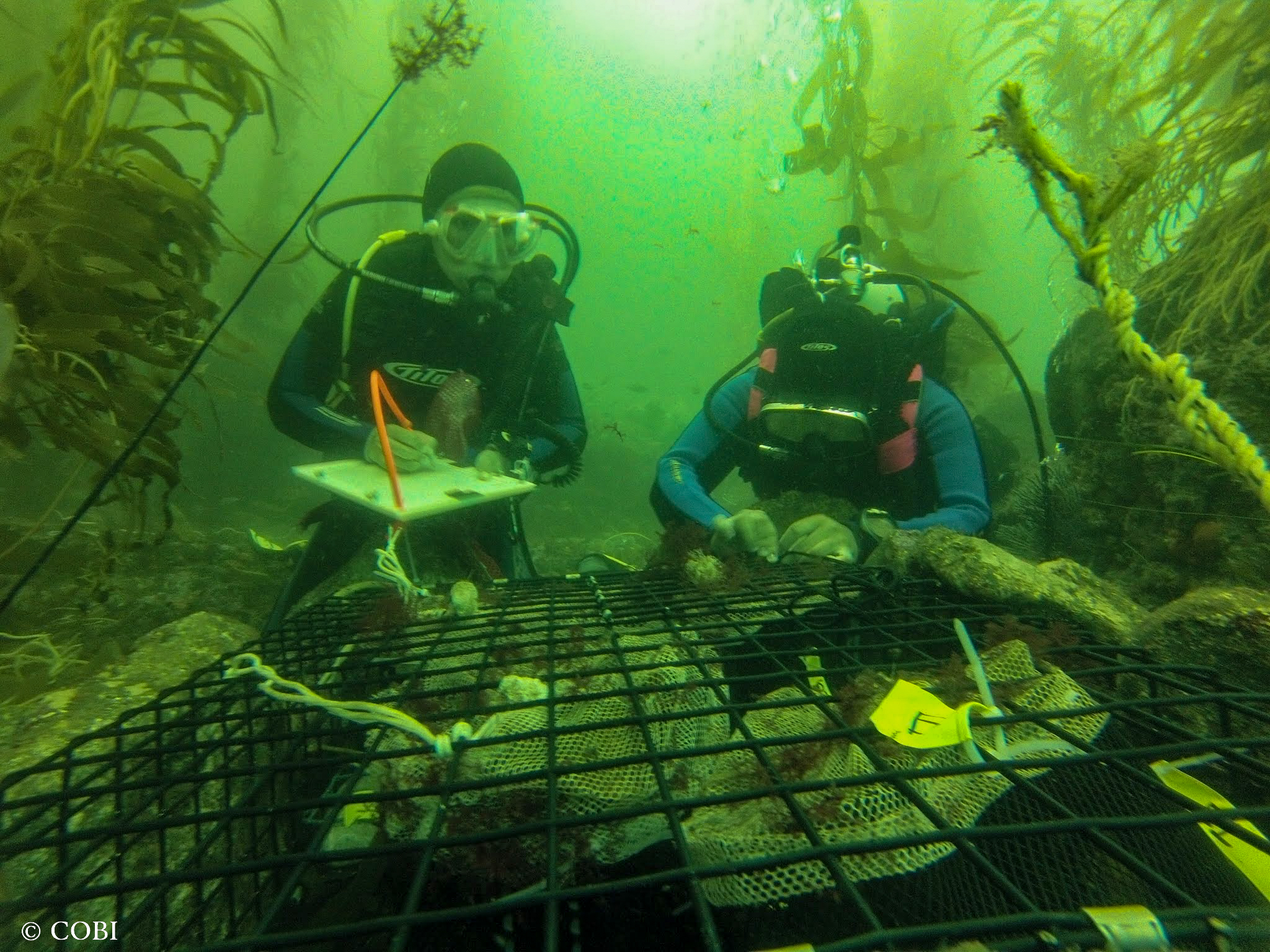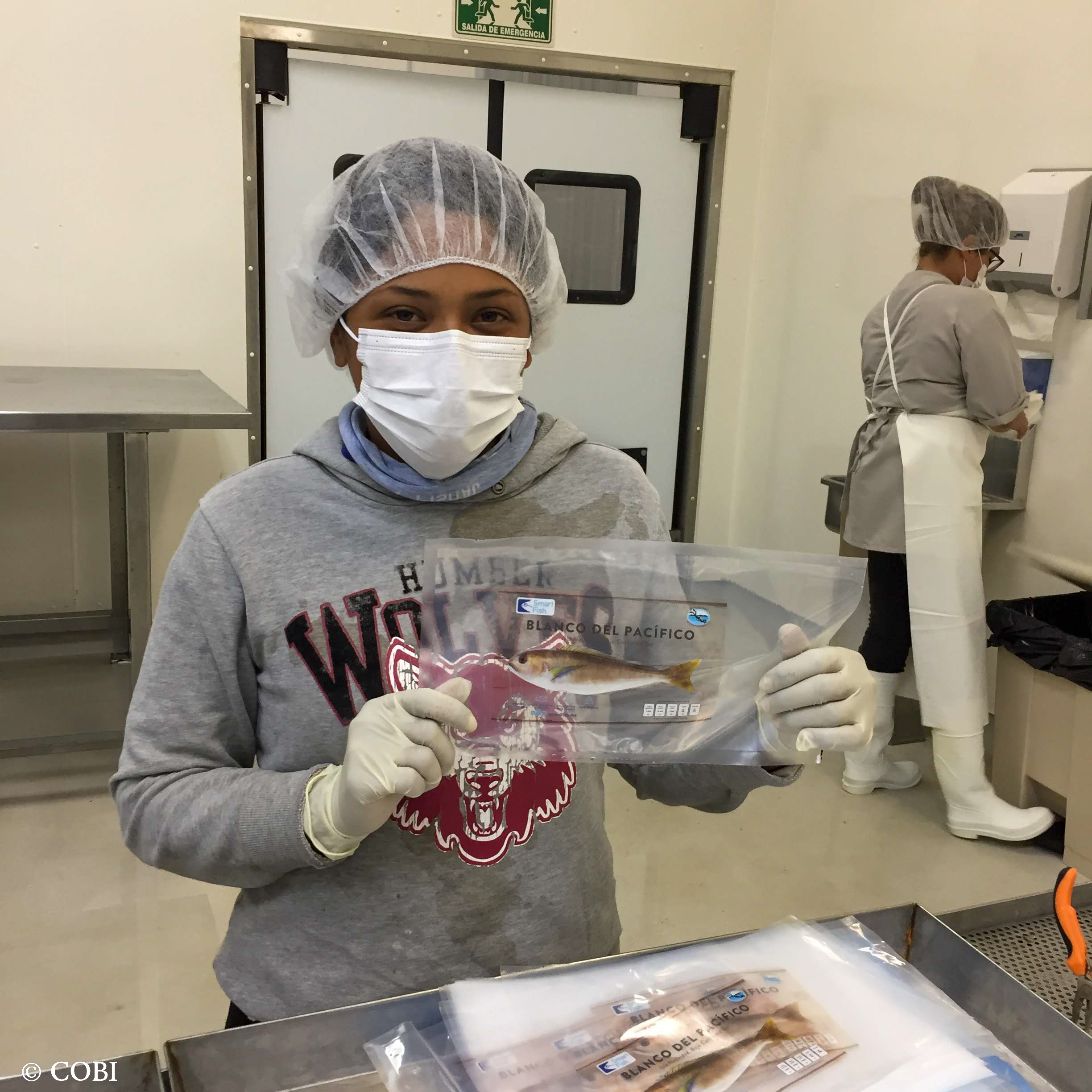




When we think of fishing, we imagine spaces where men predominate and the only activity is the extraction of resources. In order to have a complete picture of the fishery, it is important to include post-harvest, pre-harvest and complementary activities. This allows us to know the fishery in more detail and to identify and recognize the work carried out by fishermen and fisherwomen.
Since 2015, COBI has participated in implementing fishery improvement projects in collaboration with the productive sector. In addition to environmental improvements, these projects currently seek social improvements that include gender equality. At the beginning of these projects, it was identified that the work done by women, not being extractive work, was not recognized as part of the fishery, a paradigm that is being broken with years of work.
- It should be recognized that the fish fishery is made up of different activities, not only extraction.
- Include women in decision making by encouraging and formalizing their participation and membership.
- Implement training in fisheries, biological and oceanographic monitoring, with a gender perspective.
- Offer administrative and technical positions to trained women.
- Invite them to participate in national and international forums as representatives of their fisheries to empower them in their projects and activities.
- Fishermen have recognized that women have a great capacity to develop in different stages of the fish fishery.
- The empowerment of women fishermen has been observed and successfully recognized in the areas of marketing, international standard certifications, and fishery, oceanographic and biological monitoring.
- The collaboration between men and women in the fishery has generated positive effects and strengthened the bonds between the members of the fishery, which is projected to the community.
- The fisherwomen have taken pride in their tasks and have generated a sense of belonging and identification with their communities.
- Including a gender perspective in the fishery is not simple, but it is a positive process that changes the dynamics of the fishery and its communities.